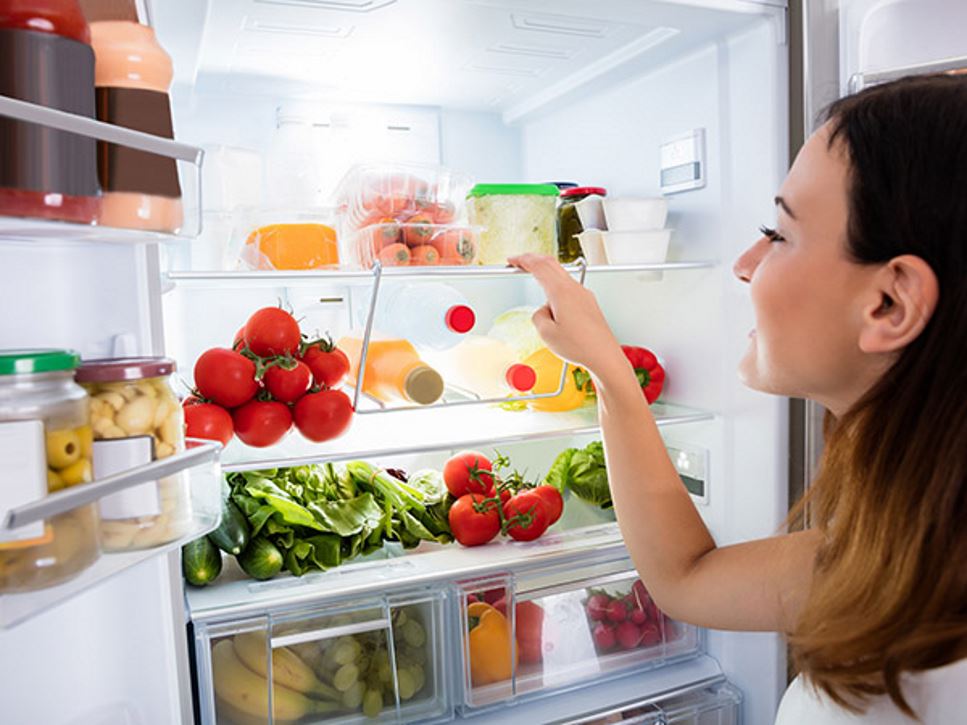Refrigeration is a helpful tool to keep foods fresh longer. When food is held at a proper temperature, the growth of bacteria slows down, which helps reduce the risk of food poisoning.
To keep your perishable foods fresh, make sure your refrigerator is set at or below 40°F. This will help keep foods out of what's called the “temperature danger zone." This zone is the temperature range where bacteria multiply quickest, between 40°F and 140°F. Keep a refrigerator thermometer inside your refrigerator in the front where it can be easily read to help make sure you’re in the right zone.
Make sure groceries, ingredients when preparing food and leftovers don’t sit out at room temperature for longer than two hours. In hot weather (90°F or above), this time is reduced to one hour. The longer food sits out at these temperatures, the more time bacteria has to multiply.
Freezing is another great storage option to extend the shelf life of many perishable foods. Use an appliance thermometer to ensure your freezer is at 0° F or below.
Find a Nutrition Expert
Looking for credible nutrition information and recommendations? The Academy of Nutrition and Dietetics' network of credentialed food and nutrition practitioners are ready to help!

